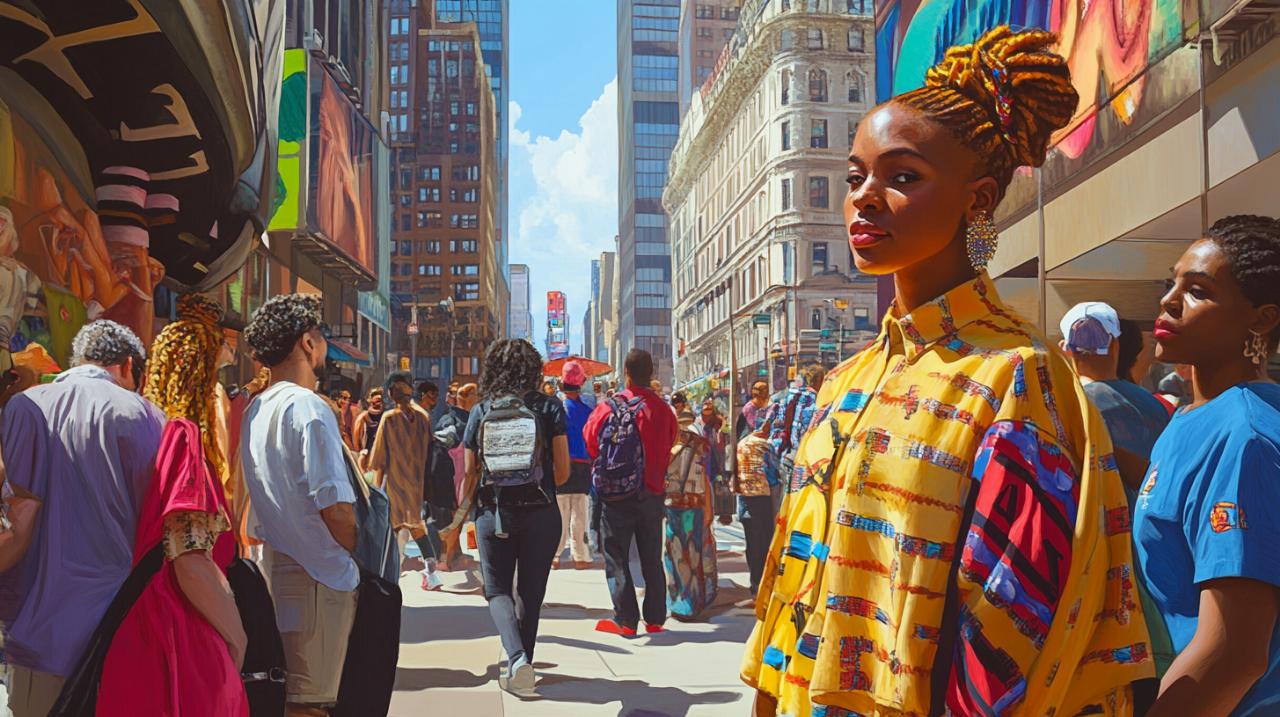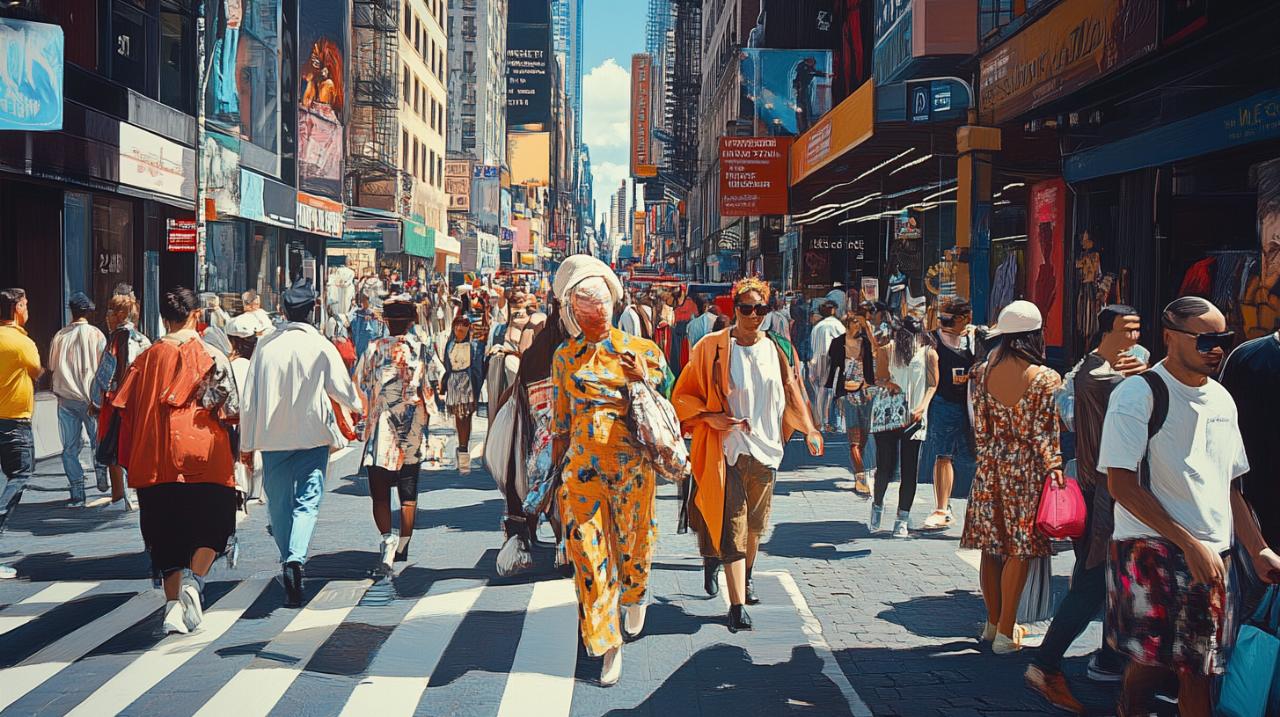How street fashion transforms urban spaces through visual impact

Urban environments have long been stages for self-expression, yet the surge of street fashion has introduced a remarkable transformation to cityscapes across the globe. What was once a backdrop of uniform architecture and muted tones now bursts with individuality, as residents and visitors alike infuse pavements and plazas with their sartorial choices. This phenomenon extends beyond mere aesthetics, weaving itself into the fabric of community identity and reshaping how we perceive and interact with the spaces around us. The rise of platforms facilitating online shopping has only accelerated this trend, democratising access to diverse styles and enabling people to curate wardrobes that reflect the vibrant, ever-changing energy of metropolitan life.
The dynamic canvas: street fashion as urban art
Wearable expression reshaping city landscapes
Street fashion operates as a form of wearable art, transforming individuals into moving canvases that animate the urban environment. Much like street art revitalises neglected walls with colour and energy, the clothing choices of city dwellers inject vitality into otherwise monochromatic streetscapes. This dynamic interplay between personal style and public space challenges conventional notions of where art belongs, asserting that creative expression need not be confined to galleries or studios. Each outfit becomes a statement, a piece of visual storytelling that contributes to the collective aesthetic of a neighbourhood. The temporary nature of these displays mirrors the fleeting quality of street art itself, constantly evolving as trends shift and new voices emerge. Through this lens, fashion transcends its utilitarian function, becoming a medium through which people assert their presence and claim ownership over shared spaces.
From grey pavements to living galleries
The presence of bold patterns, vibrant hues, and experimental silhouettes turns ordinary thoroughfares into living galleries that captivate and inspire. Areas once dismissed as dull or overlooked gain renewed attention as fashion-forward individuals congregate, their ensembles drawing the eye and sparking curiosity. This transformation is not merely superficial; it alters the psychological atmosphere of a locale, making it feel more dynamic, safer, or even edgier depending on the prevailing styles. Environmental psychology supports the notion that visually stimulating surroundings enhance well-being and heighten awareness, suggesting that the impact of street fashion reaches beyond aesthetics to influence how people experience their daily commutes and social interactions. The result is a cityscape that feels less static and more participatory, inviting observers to engage with their environment in novel ways.
Cultural identity and neighbourhood character through style
Local trends reflecting community personality
 Street fashion serves as a mirror for the cultural identity and history of a community, offering insights into the values, struggles, and aspirations of its residents. Local trends often emerge from grassroots movements, reflecting the unique character of a neighbourhood and distinguishing it from surrounding areas. This authenticity fosters a sense of belonging and pride, as individuals see their lived experiences represented in the clothing and accessories popular within their circles. However, the relationship between style and gentrification remains contentious, with some fearing that the commodification of street fashion may dilute its original meaning or displace the communities that nurtured it. Collaborations between street artists and fashion designers, such as those involving Adidas with talents like Hattie Stewart and Pharrell Williams, illustrate how creative partnerships can celebrate local culture while raising questions about ownership and appropriation. When these expressions feel organic rather than imposed, they strengthen communal ties and contribute to a shared narrative that enriches the urban tapestry.
Street fashion serves as a mirror for the cultural identity and history of a community, offering insights into the values, struggles, and aspirations of its residents. Local trends often emerge from grassroots movements, reflecting the unique character of a neighbourhood and distinguishing it from surrounding areas. This authenticity fosters a sense of belonging and pride, as individuals see their lived experiences represented in the clothing and accessories popular within their circles. However, the relationship between style and gentrification remains contentious, with some fearing that the commodification of street fashion may dilute its original meaning or displace the communities that nurtured it. Collaborations between street artists and fashion designers, such as those involving Adidas with talents like Hattie Stewart and Pharrell Williams, illustrate how creative partnerships can celebrate local culture while raising questions about ownership and appropriation. When these expressions feel organic rather than imposed, they strengthen communal ties and contribute to a shared narrative that enriches the urban tapestry.
The City as an Ever-Evolving Catwalk
The streets have become a perpetual catwalk, where everyday people showcase their creativity and challenge traditional hierarchies of taste and access. This democratisation of fashion is amplified by the proliferation of online shopping platforms, which grant individuals the tools to explore global trends and incorporate them into their personal style. Retailers, from high street giants like Zara and H&M to luxury houses such as Louis Vuitton and Gucci, increasingly draw inspiration from street aesthetics, blurring the boundaries between high fashion and grassroots innovation. Graphic tees adorned with graffiti-inspired motifs, sneakers emblazoned with street art, and accessories that nod to urban culture have become staples, allowing wearers to communicate social and political messages without uttering a word. This fusion of art and apparel empowers people to curate identities that resonate with their environment, transforming the city into a stage where authenticity and experimentation reign. The temporary, ever-shifting nature of these displays underscores the fluidity of urban life, reminding us that the landscape we navigate today may look entirely different tomorrow.
